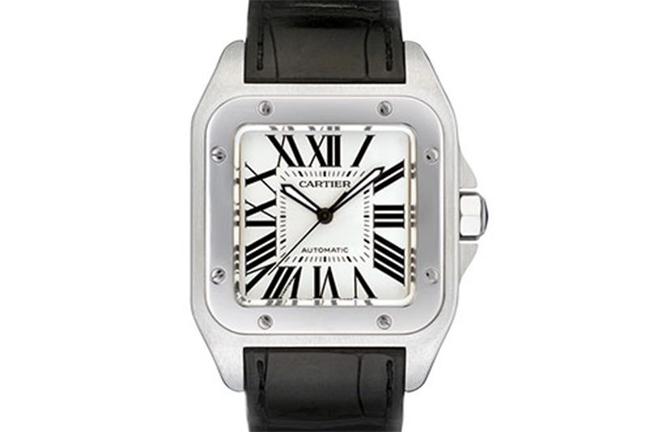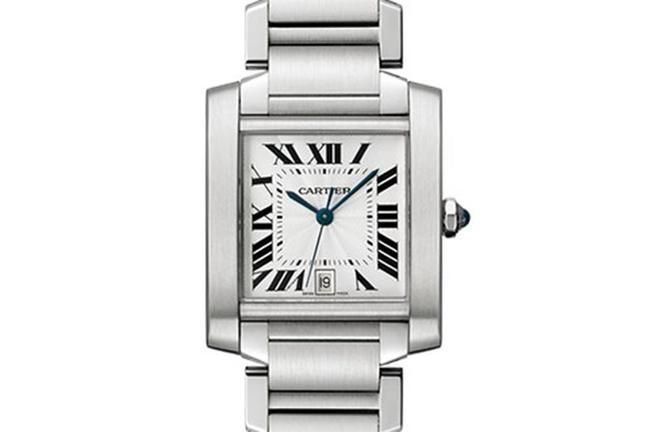Taking over his master’s workshop, Louis-François Cartier founded Cartier in 1847, amidst the subversive times of the ongoing French revolution. With the rise of the Second Empire, Cartier’s business grew over a decade, with the opening of the first Cartier boutique in 1859. Louis-François’ son Alfred then took over the business, moving it to the prestigious rue de la Paix in the jewellery district of Paris. Alfred’s own sons expanded the Cartier brand overseas, to London and New York.
Alfred’s third son remained behind in Paris to continue the growth of Cartier at home. His revolutionary ideas, such as using platinum in jewellery, earned Cartier the title of ‘Jeweller of Kings, King of Jewellers’ from King Edward VII. The celebrity endorsements didn’t stop there, with Louis’ friend Alberto Santos-Dumont commissioning a watch to wear while piloting his lighter-than-air dirigible. Santos-Dumont’s celebrity status made the wrist-worn watch, uncommon at the time, a must-have fashion accessory among men.

A stint on the Western Front inspired Louis to design a watch based on the Renault FT tanks he’d seen in action, turning the profile of a war machine into something beautiful: the Cartier Tank, one of the brand’s most successful timepieces. A commission for the Pacha of Marrakech followed, a waterproof watch that could be worn while swimming. The canteen crown design became the publicly available Cartier Pasha, another icon of Cartier’s past. Perhaps Louis’ most iconic creation was the triple gold Trinity ring, woven in three filaments of red, white and yellow gold.

Louis’ death in 1942 brought about a sad time for Cartier. His ideas and imagination grew the brand into what it is today, but fortunately it can be said that his passing did not mark the end of Cartier’s creative run. Thanks to the inspiration of Alain Dominique Perrin and Jeanne Toussaint, Cartier continued to flourish, introducing the almighty Panther—a symbol of Cartier—into the jewellery and watch line.
Still today Cartier continues to push boundaries and challenge perceptions with its Concept ID collection. Utilising a completely transparent ceramic case sealed from the air to reduce resistance on moving parts, the Concept ID Two is a watch that could well have come from the future. Its titanium movement is manufactured with such precision that lubricating oils are no longer needed, and its fibreglass mainsprings and carbon crystal balance are resistant to magnetic fields. It’s a fine example of how this artisanal jeweller and watchmaker has continued to astound audiences for almost two centuries, and it’s showing no signs of slowing down.
To view more Cartier watches, click here.

Become a Gentleman’s Journal Member?
Like the Gentleman’s Journal? Why not join the Clubhouse, a special kind of private club where members receive offers and experiences from hand-picked, premium brands. You will also receive invites to exclusive events, the quarterly print magazine delivered directly to your door and your own membership card.


